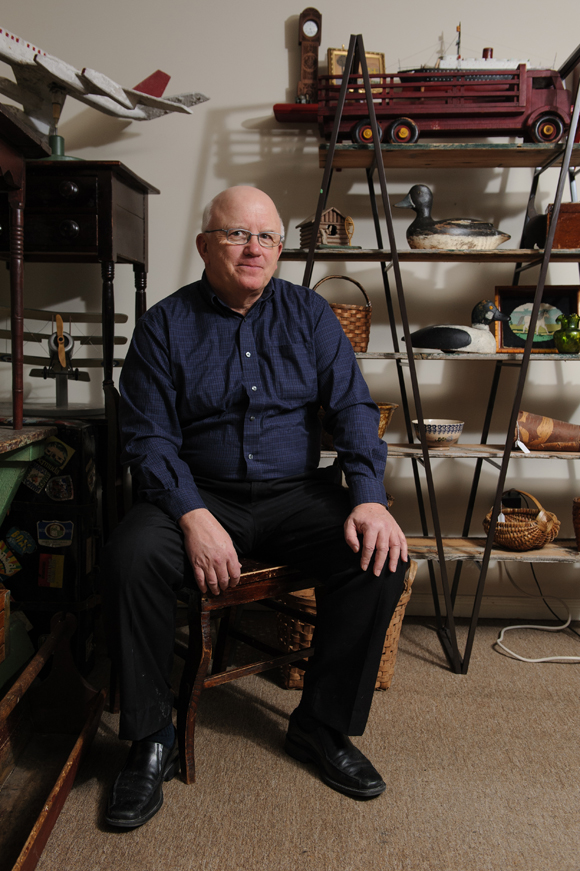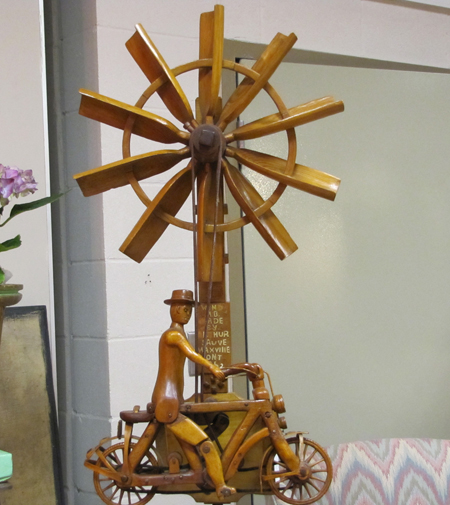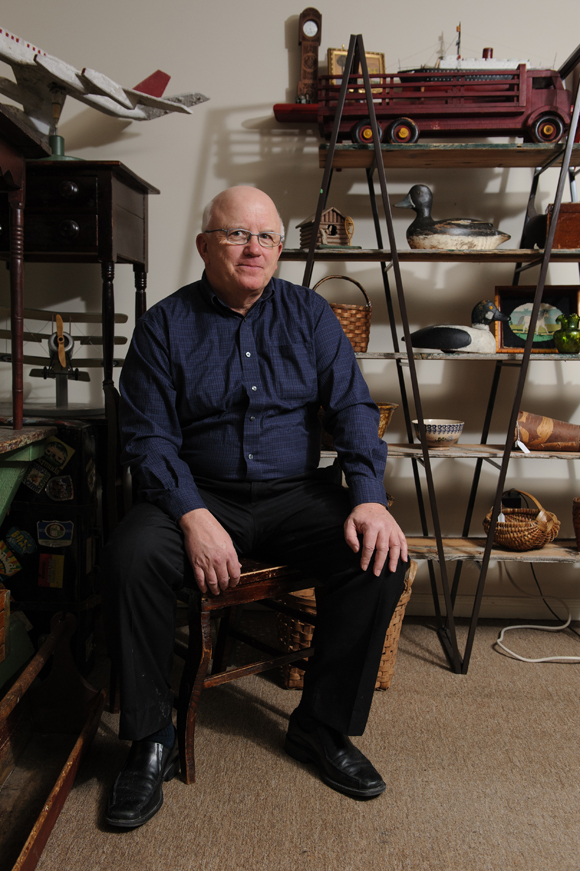By Jack Lawson –
This month, Westboro resident Shaun Markey will be publishing his first book, Folk Art in the Attic: Adventures from a Lifetime of Hunting for Antiques and Folk Art, which chronicles thirty years of his antique hunting adventures.
“I think collecting Canadian antiques and folk art has been one of the most enriching experiences in my life,” says Markey.

Each chapter of Folk Art focuses on one of Markey’s finds and the journey that led to its acquisition. Sometimes Markey succeeds, and other times he does not. Although there are some grandfather clocks that got away, Markey has very few regrets.
“A friend of mine once told me that you’ll only ever regret the things that you don’t buy,” says Markey. “I find that to be very true.”
Markey’s first foray into writing came in the form of a series of posts on a Facebook group called Canadiana Antiques. He began giving titles to his stories and realized they could actually be chapters in a book.
“I didn’t know I was writing a book at first,” says Markey. “But I got to this point where I started to think, maybe I do have a book in me.”
In Folk Art, Markey reaches back across decades of experience hunting down extraordinary pieces.

People often think of art as only existing in museums, so the process of discovering it in someone’s home can be exhilarating, says Markey. In the second chapter of the book, Markey describes how he stumbled upon a number of incredibly rare pieces of folk art in an attic. They included work by Maud Lewis, Joe Norris, Joe Sleep, Charlie Tanner, and more.
“I stood there in the middle of a freezing room, teeth chattering and shivering from the cold and probably the excitement too,” remembers Markey.
Part of Markey’s work as a collector, especially early on, involved the restoration of older pieces.
“When you see a good piece of antique Canadian pine furniture [in rough shape] it makes you want to save it,” says Markey.
These days he doesn’t meet many young collectors who are interested in pieces of Canadiana. This is partially because interest has shifted to pieces from the 1940s, or ‘50s. There is also a lot less Canadiana furniture and folk art on the market, says Markey.
Markey hopes more young people will become collectors.
“The beauty of it is that it’s out there for everyone to discover,” says Markey. “There’s nothing quite like the thrill of finding an important piece of folk art … and I hope it’s a thrill that many more people get to enjoy.”
For more information, or to buy a copy of the book, go to folkartintheattic.blogspot.ca.
